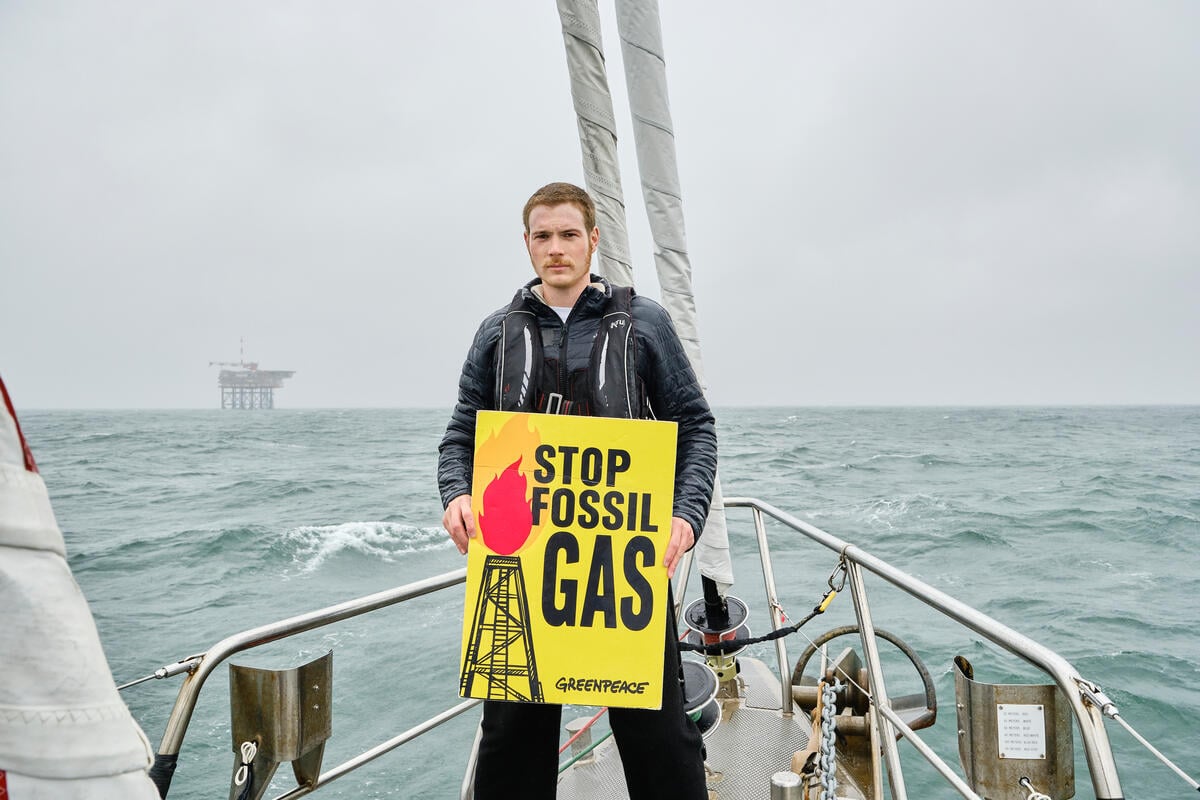The internet will likely be the largest single thing we build as a species. Tasked with creating and then catering to the world’s insatiable appetite for messages, photos, and streaming video, along with critical systems supporting our financial, transportation, and communication infrastructures, the internet serves as the central nervous system of the modern global economy.
Not surprisingly, it takes a tremendous amount of energy to manufacture and power our devices, data centres, and related infrastructural needs. The energy footprint of the IT sector is already estimated to consume approximately 7% of global electricity. With an anticipated threefold increase in global internet traffic by 2020, the internet’s energy footprint is expected to rise further, fueled both by our individual consumption of data and by the spread of the digital age to more of the world’s population, from 3 billion to over 4 billion globally.
In light of the sector’s pivotal role, Greenpeace began benchmarking the energy performance of the IT sector in 2009, challenging those companies who are the largest global architects and operators of the internet to commit to powering their rapid growth with 100% renewable energy. Ultimately, the largest players will be deciding whether our entire digital footprint is powered with renewable energy or antiquated fossil fuels.
Thankfully we actually are seeing a significant increase in the prioritization of renewables among some of the largest internet companies. The race to build a renewably powered internet started with digital platform leaders such as Facebook, Apple, and Google who first made 100% renewable commitments four years ago and have now been joined by nearly 20 internet companies, including global cloud and colocation companies who had previously been lagging far behind.
Download the Greenpeace USA Clicking Clean report here [PDF]



